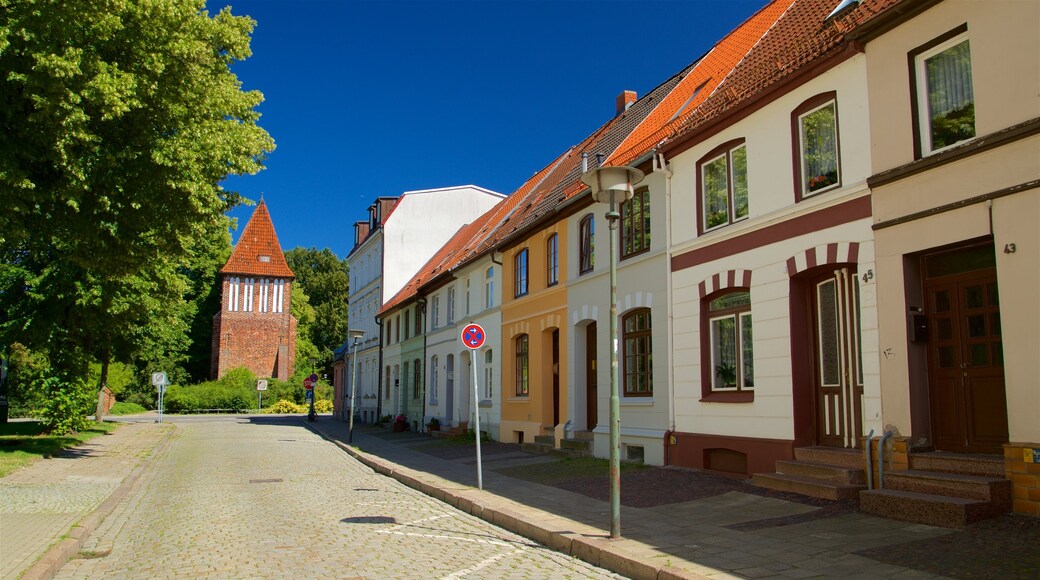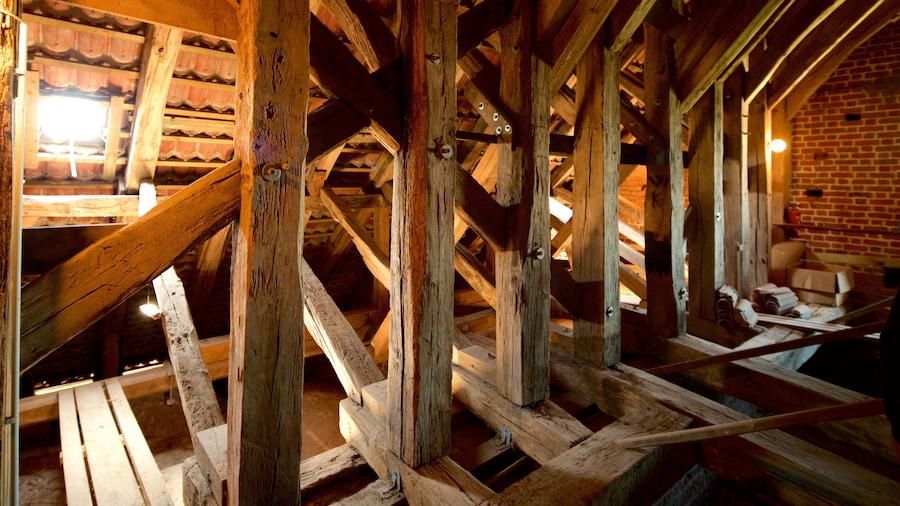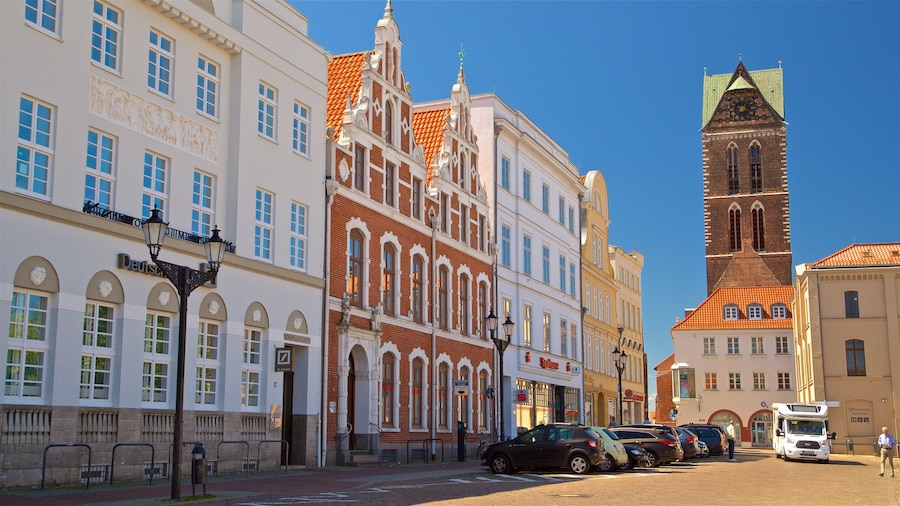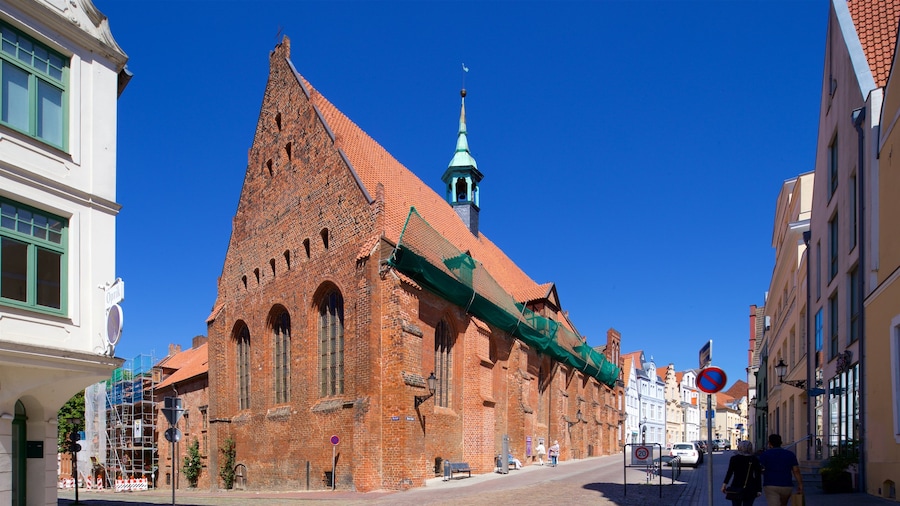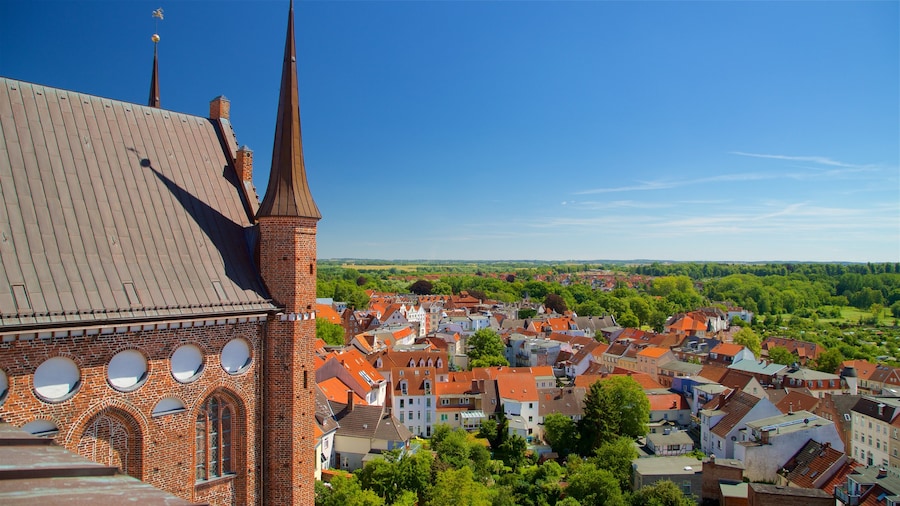Impressive engineering and military history come together sublimely at this Gothic structural marvel, once a part of Wismar’s city wall.
Gaze at this structure standing proudly at the edge of Wismar’s Old Town. The Alte Wasserturm (Old Water Tower) epitomizes the many creative adaptations to war that have defined Germany’s Baltic region.
After a 17th-century Danish invasion threatened the city water supply, Wismar’s elders decided to convert the tower from simply part of a city wall into a water storage and inflow system that would ensure the city could access potable water. Water was fed into the tower from a nearby spring, then diverted into a storage tank with a horse-powered pump and released throughout the city via a network of interconnected pipes. The ingenious system allowed Wismar to withstand many sieges before the tower was decommissioned in 1837.
Approach the Alte Wasserturm from Old Town on foot, navigating toward its pointed roof from the distance as you walk along picturesque residential streets. Look up at the tower, now one of the only remaining parts of Wismar’s medieval city wall. Picture the defenders peeking through the thin vertical windows of the tower at Swedish forces milling around beyond the walls. Appreciate the masterful brickwork, part of a centuries-long tradition of brick laying and brick-making in the Mecklenburg region.
Imagine the flow that used to pass through the wooden tubes underneath the tower, bringing fresh water to the Wasserkunst in the town center even when Wismar was under siege. Stroll past the tower into the charming small park, the Lindengarten, perfect for sitting with a picnic or a book. Look up at the pointed roof of the Alte Wasserturm and visualize it as part of a massive wall, part of the people of Wismar’s defenses against attacks from across the sea.
Walk to Alte Wasserturm in 10 minutes from Old Town, 3 minutes from the train station or 10 minutes from the cruise port. Free parking is available in a lot on the eastern side of the park behind the tower. The tower itself is not accessible to visitors.

